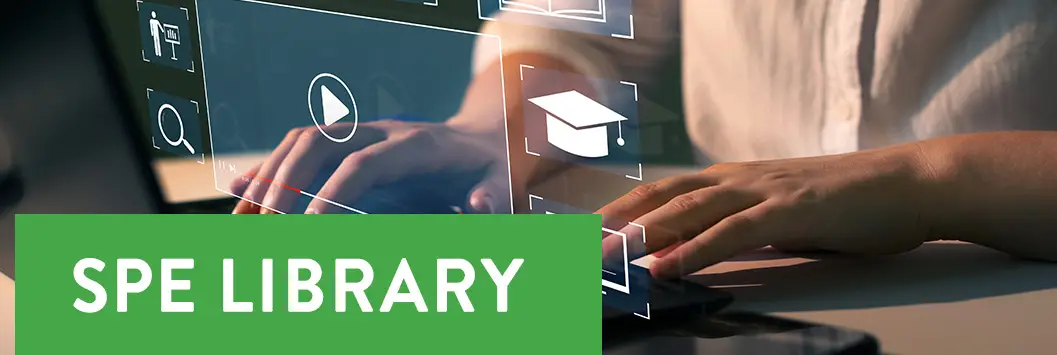Joseph Greene, May 2018
Biodegradation was measured for biodegradable, compostable, and oxodegradable plastics while exposed to aerobic composting, marine, and anaerobic digestion environments. Biodegradable plastics included, corn-starch based biobag, PHA bag, Ecoflex bag, and PLA lids. Positive and negative controls included, Kraft paper and polyethylene. Other plastics included, and oxodegradable plastic bags. For industrial composting environment, compostable plastic products, along with oxodegradable, cellulose paper, Kraft paper, and polyethylene plastic wrap, were placed in an environment consistent with ASTM 5338 conditions. For marine environment, the plastic samples were placed in a test environment consistent with ASTM 6691. For anaerobic digestion, plastic samples were placed in an environment consistent with ASTM 5511. The degradation was evaluated by measuring CO2 gas, which evolves from the degrading plastic samples. For industrial compost conditions, the compostable plastics, namely, PLA, sugar cane, PHA, Ecoflex, and starched-based biobag, degraded at least 90% and met the degradation time requirement in the ASTM D-6400 standard. The oxodegradable, UV-degradable plastics, and LDPE plastic bag had negligible degradation. After 180 days placed in a commercial food-waste composting operation, PLA, PHA, Ecoflex, and corn starch plastics completely degraded. Small fragments of sugar cane lids and Kraft paper were visible. The oxo-biodegradable plastic bags, LDPE plastic bags and UV-degradable plastic bag did not fragment nor degrade. The samples were also exposed to a simulated marine environment. Under marine conditions, PHA experienced significant biodegradation. Alternatively, corn-starch based trash bag, PLA cup, Ecoflex bag, sugar cane lids, UV-degradable plastic ring, and Kraft paper did not exhibit biodegradation under marine conditions. Under anaerobic conditions PHA experienced biodegradation, but PLA, paper, and polyethylene did not.


























